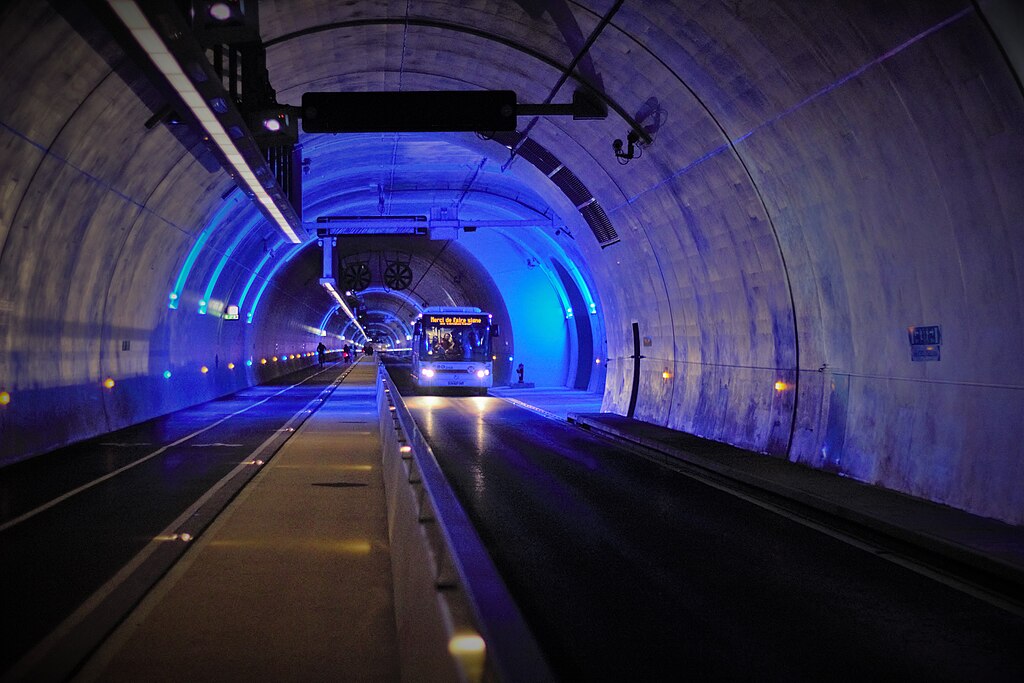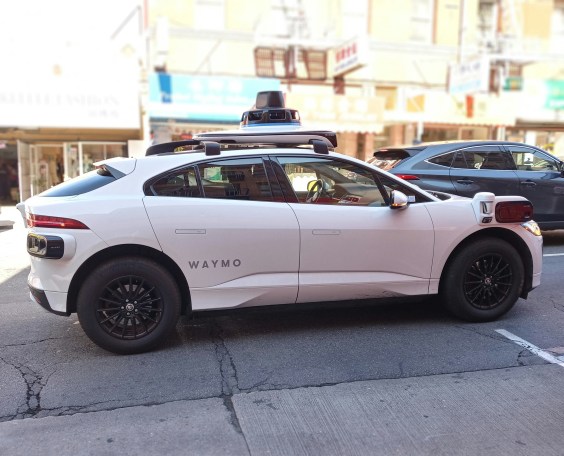With the White House's agenda crowded by high-profile debates that
remain unresolved after lengthy talks with Congress -- think health
care, financial regulation, even unemployment benefits
-- only a handful of lawmakers are publicly engaging with the dominant
issues surrounding the next long-term federal transportation bill.
 (Photo: UVA)
(Photo: UVA)Within
that group of lawmakers, however, there is palpable agreement that
Washington needs to look at distributing its limited supply of
infrastructure money based on measurable standards which would hold
states and cities accountable for their decisions. The stimulus law's
elevation of "shovel-readiness"
above all other criteria for funding, in other words, looks poised to
give way to a more balanced method of determining which projects get
funded.
Of course, adopting broad standards for federal transportation spending is far easier said than done. At a Bipartisan Policy Center (BPC) event yesterday, current and former members of Congress reckoned with the challenge.
Perhaps the boldest suggestion of the day came from Sen. Tom Carper
(D-DE), sponsor of the so-called "CLEAN TEA" proposal to guarantee
clean transport a share of revenue from cap-and-trade climate
legislation. Carper wondered whether the nation's mounting deficits
make the case for replacing the formula-based system of federal
transport spending with a set of goals that would determine which
projects get funded.
Carper's four proposed goals were
congestion relief, safety, air quality, and job creation, a list that
resembles the "metrics" offered by the BPC in its June framework for transportation reform.
One of Carper's GOP colleagues, Sen. George Voinovich (OH), pronounced the concept "wonderful" as the BPC audience looked on. Voinovich described the House legislation
offered in June by transportation committee chairman Jim Oberstar
(D-MN) as a major step towards a more accountable system, though some
reform groups have questioned that bill's decision to let states and
localities set their own transportation goals -- allowing a lot of
wiggle room to develop.
Oberstar's measure does
go a long way towards eliminating the political jockeying that often
sets the course of federal infrastructure investment, consolidating
more than 100 existing formula-based transportation programs into four:
one focused on repair, one on air quality, one on safety, and a general
pot of money that could be used on roads or transit.
The
notion of eliminating formulas outright would almost certainly silence
the complaints of states that push every few years for a guaranteed "rate of return"
on their federal gas tax payments, and it would appeal to voters who
are frustrated with the federal system's often-bloated bureaucracy and
pro-road bias.
But regardless of its merits, the concept of
ending formula-based spending would have next to no chance of winning
approval in a Congress where bringing transportation dollars home can
make the difference between re-election and defeat. And it's worth
asking whether it would ultimately produce a more efficient American
transportation system.
Metrics such as safety and air
quality would have to be measured and evaluated in order to determine
how much federal money states would win or lose, and lawmakers have yet
to entertain the difficult questions of how such a process would work.
State DOTs would likely play a central role, despite the pervasive distrust that exists between reformers and many sitting officials.
In
many ways, a basic but complex question continues to confront
infrastructure policymakers. Former Sen. Slade Gorton (R-WA), an author
of the BPC transport framework, summed it up yesterday:
What is the purpose of federal transportation policy, and how do we measure whether that purpose has been accomplished?




